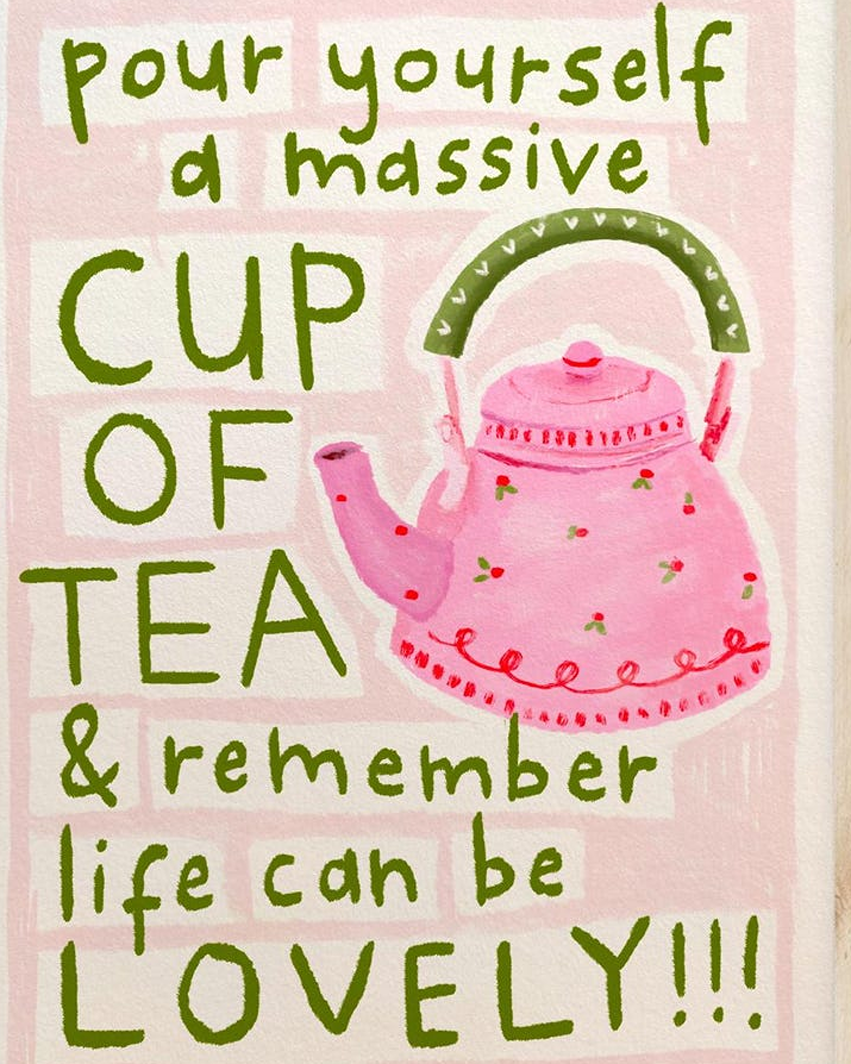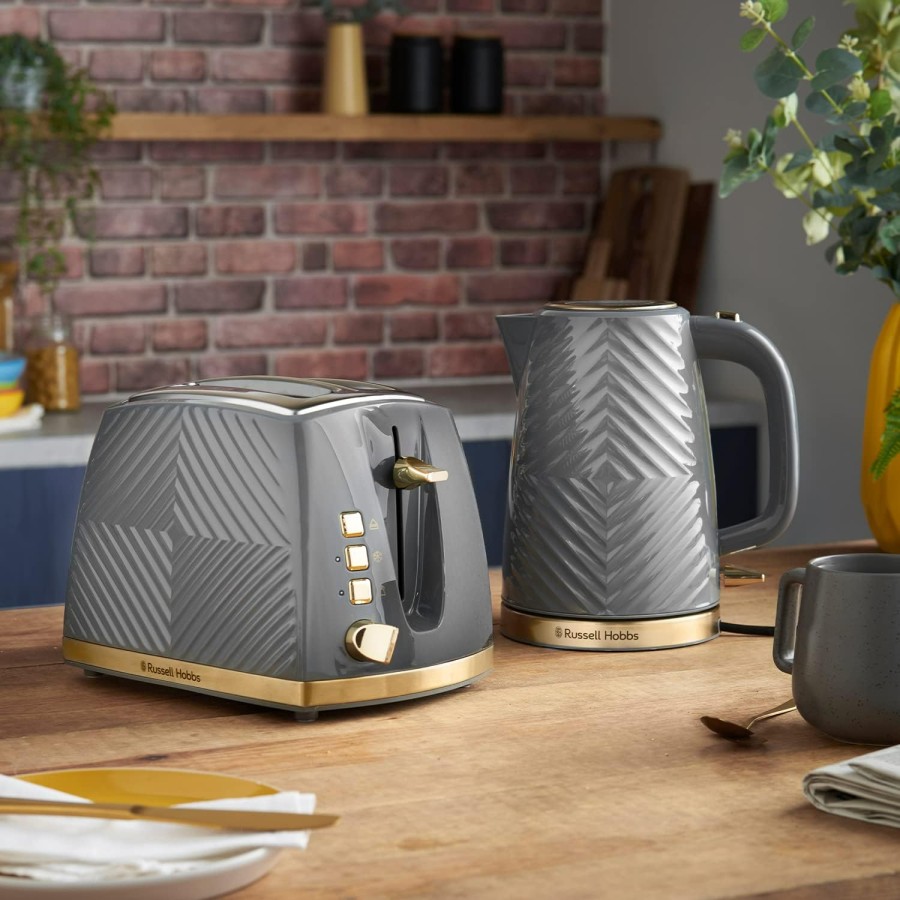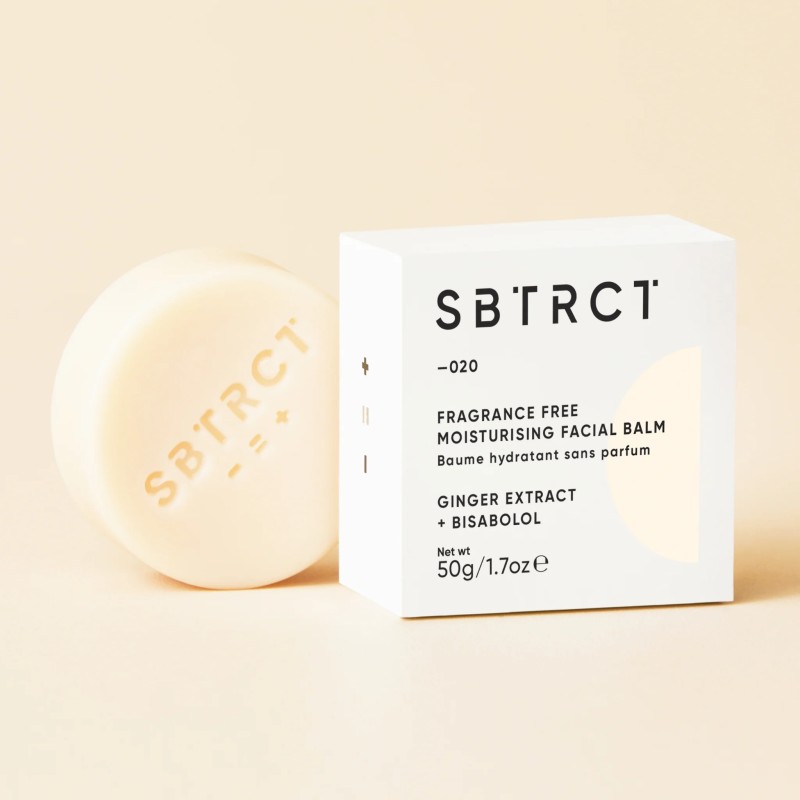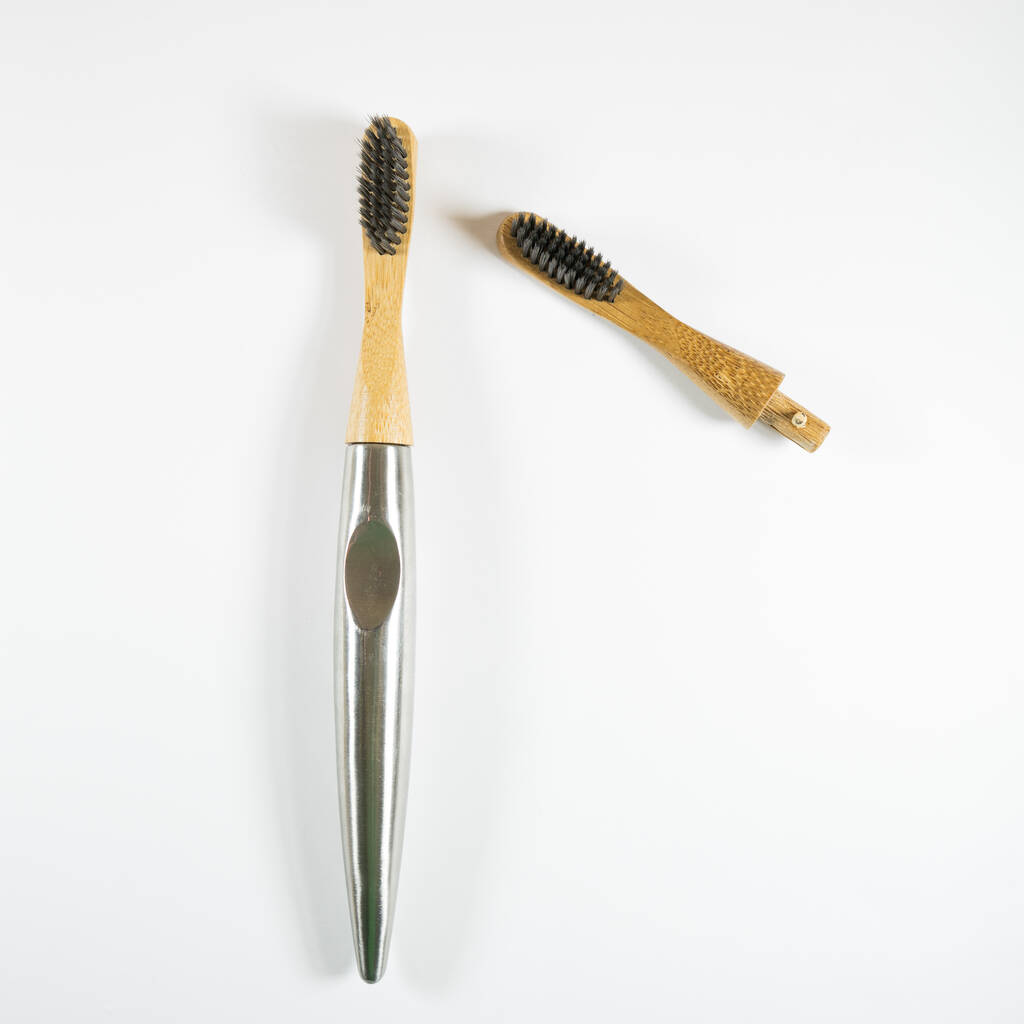Make the Switch: Energy-Saving Kettles

Energy Savings Trust tells us that one of the main ways to save on energy bills, is simply to switch to an energy-saving kettle. Most people in England enjoy a cup of tea. And that means millions and millions of cups made each day (apparently there is a national surge on the grid, when the ads come on, between the soap operas!)
But most older kettles (and many new ones) waste both water and energy. We’ve all done it. Fill the kettle up with too much water, then it takes ages to boil. You pour the water out and then the rest of the water is boiled again, the next time you make another cuppa.
One investment in a good energy-saving kettle, could save you a small fortune on energy bills. A good kettle should last longer, and has a gauge so you don’t over-fill. And most are quick-boil, so use less energy.
Use with organic tea or coffee. Avoid caffeine for pregnancy/nursing or affected medical conditions (check herb tea labels). Just bin tea leaves and coffee grounds, as caffeine may harm compost bin creatures (use a sink protector mat to stop grounds clogging drains).
Russell Hobbs Fast-Boil Kettles

Buying a kettle is ideally not a choice to make for the cheap supermarket brands, as most burn out quickly, and won’t save energy. Around £70 million a year is wasted in the UK, just from boiling too much water.
Invest in a Russell Hobbs’ fast-boil energy-saving kettle (this saves up to 66% energy to boil water for a big mug, in just 44 seconds) and has a spout to avoid drips, and illuminated markings to avoid pouring in too much water.
Key Benefits Over Regular Kettles
A typical energy-saving kettle uses around 20% less electricity compared to an older model. If you boil a litre a day, you can save up to £15-£20 a year, depending on rates and usage. It’s not just about the cash—those small numbers add up for the environment, too.
Let’s put the numbers into perspective. A regular kettle uses around 0.11 kWh for one boil. Multiply that by a few boils each day and it stacks up. By switching to an energy-saving model and only boiling what you need, you might save over 300 kWh per year. At the average UK electricity price, that could mean over £20 staying in your pocket, not going to the energy supplier.
Here’s a quick comparison:
The boil time for 1 cup of water with a standard kettle takes 2 to 3 minutes (0.11kWh) which costs around £40 per year for the average person.
With an energy-saving kettle, the average boil time is 50 to 90 seconds (0.09kWH0 which costs £20 to £30 a year. So the cost buying an energy-saving kettle should pay back within a year or so.
Recycling Your Old Kettle
It’s tempting to toss an old kettle straight into the bin, but electricals don’t belong in landfill. Recycling makes a difference, letting valuable parts get a new life and keeping hazardous waste out of the soil and water.
- Retailer Take-back: It’s now UK law for shops that sell you a kettle, have to take back the old one for recycling.
- Local Recycling Centres: Every part of the UK has drop-off spots for small electricals. Check your council’s website or use the Recycle Now postcode finder to locate your nearest option.
- Household Collection Days: Some councils collect small appliances on specific days. If you’re planning a clear-out, see if your area offers doorstep pickup.
How to Descale Your Kettle, Naturally

Limescale is the number one enemy of kettles. Over time, minerals build up inside and make your kettle less efficient. It takes longer to boil, uses more energy, and can even affect the taste of your water. Luckily, descaling is easy and only takes a few minutes.
Simple descaling steps:
- You could pop in a descaler ball.
- Add a mix of half cleaning vinegar and half water.
- Bring the solution to the boil.
- Let it sit for 15 to 30 minutes.
- Pour out the solution and rinse the kettle thoroughly.
- Boil fresh water once or twice to clear any lingering taste.
Try to descale once a month or whenever you notice white flakes or slower boiling times. It keeps efficiency high and tasting right on point.
Cleaning the Outside of Kettles
- Use a soft, damp cloth – avoid harsh scrubbers that might scratch.
- Mild dish soap mixed with warm water works fine for smudges and grease.
- Dry the kettle immediately to prevent water spots.
- Don’t submerge the kettle in water or put it in the dishwasher.
Regular Upkeep Tips
- Fill your kettle with fresh cold water, especially if your tap water is hard.
- Only boil the amount of water you need, to avoid overworking the heating element.
- Empty leftover water (use it for plants) to prevent stagnant smells.
- Keep the lid closed during boiling to trap heat and support quicker boils.
- Check the power cord and plug regularly for damage and keep them dry.
- Avoid letting the kettle boil dry – this can damage the element and waste energy.






